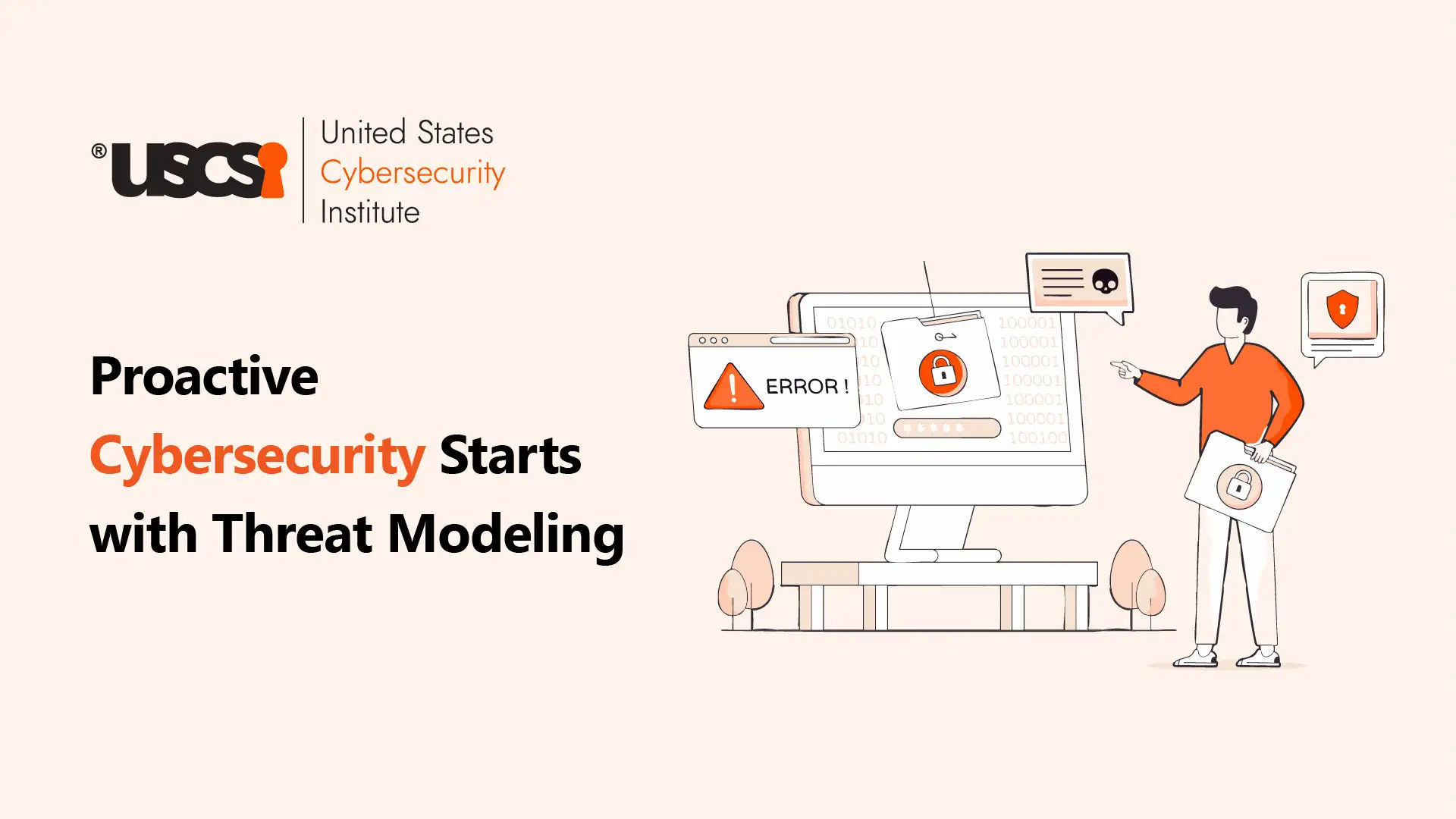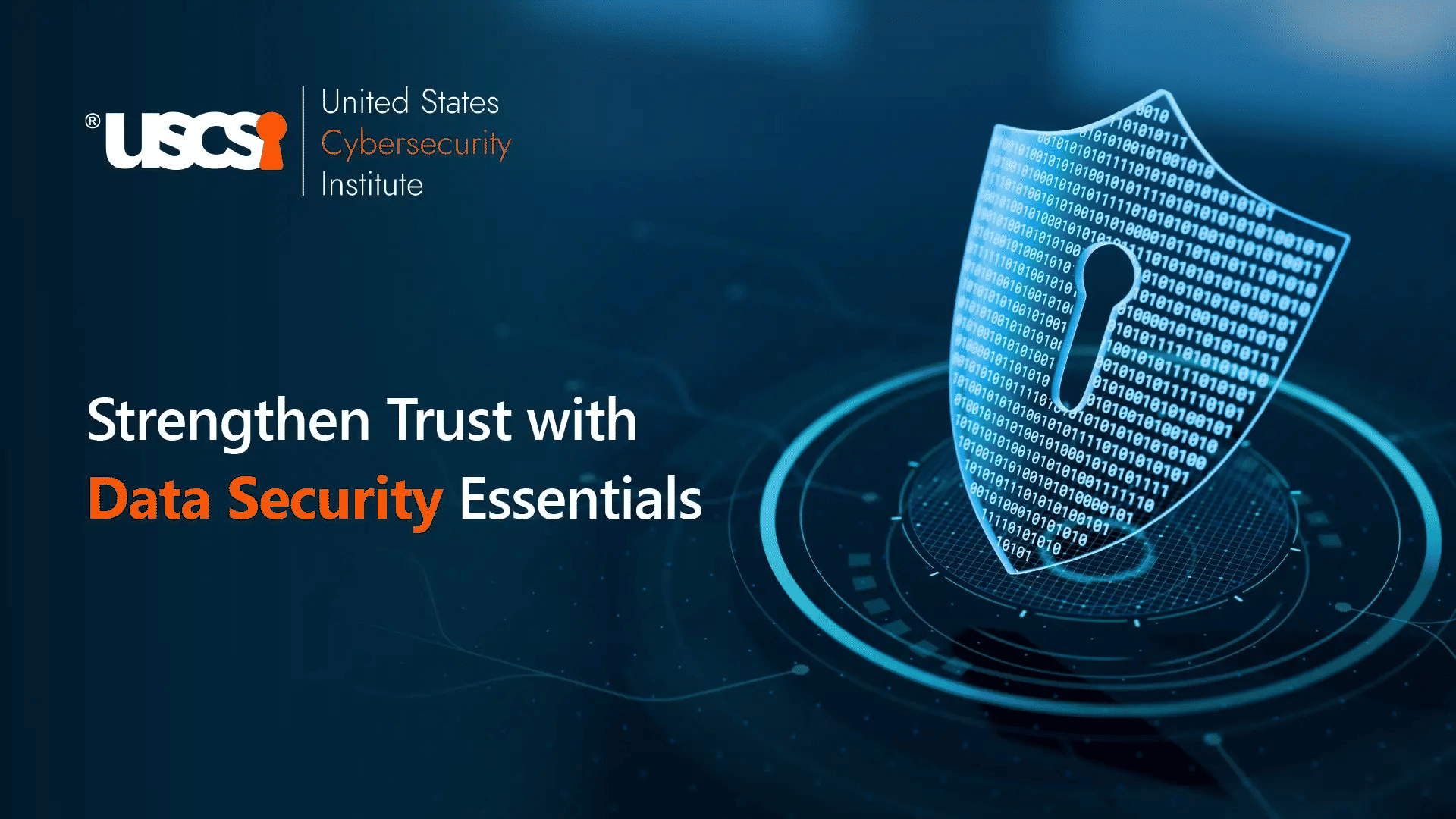

Strategic Role of Threat Modeling in Modern Cybersecurity
Cyber threats are becoming more complex and growing at a rapid pace, and cyberspace is a domain of combat with potentially deadly consequences. According to Deloitte’s Cyber Threat Trends Report, it looks like cybercriminals are slowly starting to develop uses for AI-based malware, which is paired with increasingly tailored phishing schemes that can bypass previous defense mechanisms.
In addition, the World Economic Forum recently listed security risks as one of the world’s most concerning threats due to organizations facing threats from state sponsored actors, along with opportunistic hackers. In this environment, threat modeling is an essential approach to identify, assess, and mitigate future security risks before exploitation.
What is Threat Modeling?
Threat modeling is a formalized way of assessing and analyzing potential threats to security in a system or application. It includes understanding a system's architecture, recognizing valuable assets, and considering possible attackers and attack methods. Threat modeling allows organizations to prioritize security investments according to the biggest risks.
Why Threat Modeling Matters
Recent industry reports emphasize the importance of threat modeling. In the 2025 Midyear Cyber Risk Report, Resilience noted that even though the number of cyber claims has decreased, "the size of the successful attacks has increased (for example, ransomware averaged a loss of over $1.18 M)." The 2025 Mid-year Cyber Threat Report by CyberResilience indicates the need for a proactive approach to risk evaluation and mitigation strategies.
The 2025 CrowdStrike Global Threat Report reported that "the number of malware-free attacks skyrocketed," saying that 79% of the detections were malware-free, indicating the evolving nature of cyber threats.
Threat Modeling Process
There are several steps that a threat modeling process typically has:
- Identify Assets: Understand what needs protection. This could be sensitive data (like individuals' health or credit info), intellectual property (trade secrets, patents, or backup information), or critical infrastructure (the electric grid, etc.).
- Create System Diagrams: These could come in the form of Data Flow Diagrams (DFDs) or other visual representations to have an understanding of how data will move within the system.
- Identify Possible Threats: You could use a framework like STRIDE to identify possible threats that you need to protect against based on assets and the components of the system.
- Assess Vulnerabilities: Assess the system for flaws that could be leveraged as part of the identified possible threats.
- Develop Mitigation: After assessing vulnerabilities, develop mitigation to address any vulnerabilities that were identified to reduce the possible impacts from threats.
- Review and Update: The threat model should be reviewed and continuously updated to react to new threats and changes to the system.
Threat Modeling Frameworks
Various frameworks inform threat modeling techniques, each with its own methodology:
- STRIDE: STRIDE is a Microsoft-developed approach for identifying threats in the form of Spoofing, Tampering, Repudiation, Information Disclosure, Denial of Service, and Elevation of Privilege.
- PASTA: The Process for Attack Simulation and Threat Analysis (PASTA) is a risk-based framework that focuses on identifying and analyzing attacks, to understand the impact of attacks on business objectives.
- LINDDUN: This is a privacy-based framework for assessing threats to data privacy, including Linkability, Identifiability, Non-repudiation, Detectability, Disclosure of information, and Unawareness.
- Trike: It is a risk-based framework that evaluates the impact and likelihood of threats to quantify them.
- Attack Trees: This is a hierarchical model used to illustrate potential attack paths and demonstrate how an attacker might exploit vulnerabilities of the system.
Techniques for Effective Threat Modeling
To improve the process of threat modeling, cybersecurity practitioners use various techniques such as:
- Data Flow Diagrams (DFDs): Graphical representations that show how data flows through a system, which can aid in finding possible vulnerabilities.
- Attack Trees: Diagrams that investigate potential attack scenarios in a tree structure to represent what an attacker might have to do at each step.
- Threat Intelligence Feeds: Incorporating real-time data on new threats to stay aware of new vulnerabilities and threats.
- Automated Tools: Using automated software tools to make the threat modeling process more efficient and accurate.
Advantages of Threat Modeling
There are many advantages of using threat modeling to further advance your cybersecurity career 2026.
- Proactive Risk Management: By recognizing and handling potential threats before they happen, you reduce the likelihood of an incident occurring.
- Cost Savings: Preventing incidents is much cheaper than responding to them after the fact.
- Compliance: Numerous industries are required to follow certain security regulations and standards, and at times, implementing threat modeling methods will help demonstrate compliance.
- Improved Security Posture: Understanding possible threats increases our defenses, strengthens our response, and reduces vulnerabilities.
- Increased Collaboration: Including multiple stakeholders in the threat modeling process encourages others to foster a security culture across the organization.
Threat Modeling in Cybersecurity Careers
As cyber threats continue to evolve, organizations are increasingly looking for specialized expertise in threat modeling. According to 2025 Glassdoor data, the average U.S. salary for a Cybersecurity Analyst is $99,400 per year, while Security Architects and Penetration Testers earn approximately $148,000 and $152,000, respectively.
Roles that will specifically benefit from expertise in threat modeling include;
- Cybersecurity Analyst: Support the monitoring of overall systems, the detection of breaches, and the deployment of many layers of defense.
- Security Architect: Support the security architecture of the network and application design.
- Penetration Tester: Simulate attacks and determine if exploitation can take place before adversaries.
- Incident Responder: Intervene to contain a breach and prevent it from occurring again.
Want to know more about a cybersecurity career? Read the USCSI® Cybersecurity Career Factsheet 2026 for Future Workforce
How to Develop Proficiency in Threat Modeling
Acquiring proficiency in threat modeling should involve a blend of formal training, application, and constant read-outs on developing threats. Here are several ways that professionals can build this skill set:
- Learn the Frameworks: Learn some of the popular threat modeling frameworks (e.g. STRIDE, PASTA, LINDDUN, Trike). They will help you start to understand the approaches one can take in analyzing risks.
- Leverage Real-World Methods: Begin crafting Data Flow Diagrams (DFDs), Attack Trees, and threat scenarios that assess risks in some real life or simulated systems.
- Stay Informed: Include threat intelligence feeds and follow cybersecurity headlines to contextualize the latest vector of attacks.
- Hands-On Application: Reenact attacks in controlled environments or labs to obtain application-level experience on identification and mitigating threats.
- Get Certified: Sign up for specialized cybersecurity training and certification programs, such as the ones offered by USCSI® to formalize your knowledge and skills to expedite understanding of industry best practices and establish credibility in the cybersecurity field.
By combining concepts, hands on experiences, and industry cybersecurity training programs, future professionals can develop a solid understanding of threat modeling techniques and become capable of being future contributors to any organization.




